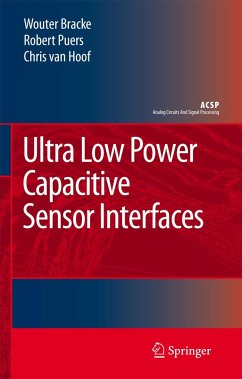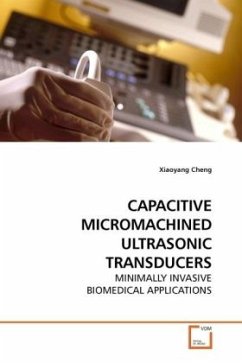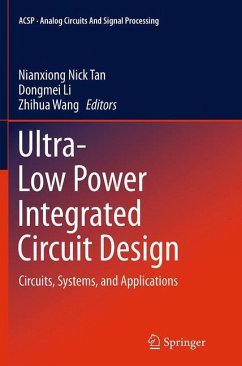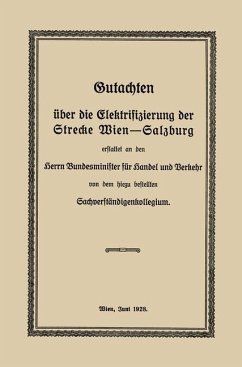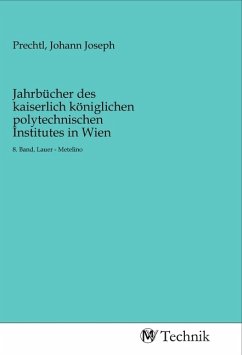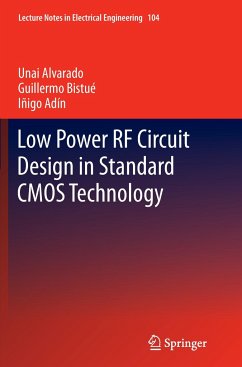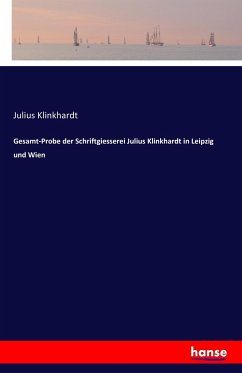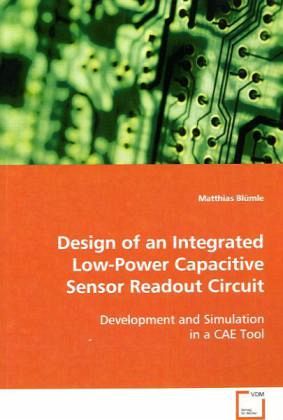
Design of an Integrated Low-Power Capacitive Sensor Readout Circuit
Development and Simulation in a CAE Tool
Versandkostenfrei!
Versandfertig in 6-10 Tagen
32,99 €
inkl. MwSt.

PAYBACK Punkte
16 °P sammeln!
This book reports the development of an integratedlow-power readout circuit for a capacitive sensorwith 40 - 60 pF basic capacitance. The sensor is usedto detect screw loosening in an osteosynthesismeasurement system. To ensure detection of screwloosening the readout circuit must be able to measurecapacitance changes of at least 0.25 pF. Severalreadout techniques for capacitive sensors areinvestigated and evaluated for this application.Finally two types are developed and simulated, aWien-bridge oscillator and a switched capacitor (SC)capacitance to voltage (C/V) converter. Theoscillator is sim...
This book reports the development of an integrated
low-power readout circuit for a capacitive sensor
with 40 - 60 pF basic capacitance. The sensor is used
to detect screw loosening in an osteosynthesis
measurement system. To ensure detection of screw
loosening the readout circuit must be able to measure
capacitance changes of at least 0.25 pF. Several
readout techniques for capacitive sensors are
investigated and evaluated for this application.
Finally two types are developed and simulated, a
Wien-bridge oscillator and a switched capacitor (SC)
capacitance to voltage (C/V) converter. The
oscillator is simulated with Cadence in a 0.35 µm
triple-well, 4-metal, and double poly CMOS process
from austriamicrosystems. The Wien-bridge is adapted
for CMOS integration. Additionally, a SC
C/V-converter is developed and simulated in the same
process to compare the readout techniques. The target
audience for this book are electronic engineers,
students and people who are interested in working and
developing with simulation tools.
low-power readout circuit for a capacitive sensor
with 40 - 60 pF basic capacitance. The sensor is used
to detect screw loosening in an osteosynthesis
measurement system. To ensure detection of screw
loosening the readout circuit must be able to measure
capacitance changes of at least 0.25 pF. Several
readout techniques for capacitive sensors are
investigated and evaluated for this application.
Finally two types are developed and simulated, a
Wien-bridge oscillator and a switched capacitor (SC)
capacitance to voltage (C/V) converter. The
oscillator is simulated with Cadence in a 0.35 µm
triple-well, 4-metal, and double poly CMOS process
from austriamicrosystems. The Wien-bridge is adapted
for CMOS integration. Additionally, a SC
C/V-converter is developed and simulated in the same
process to compare the readout techniques. The target
audience for this book are electronic engineers,
students and people who are interested in working and
developing with simulation tools.




